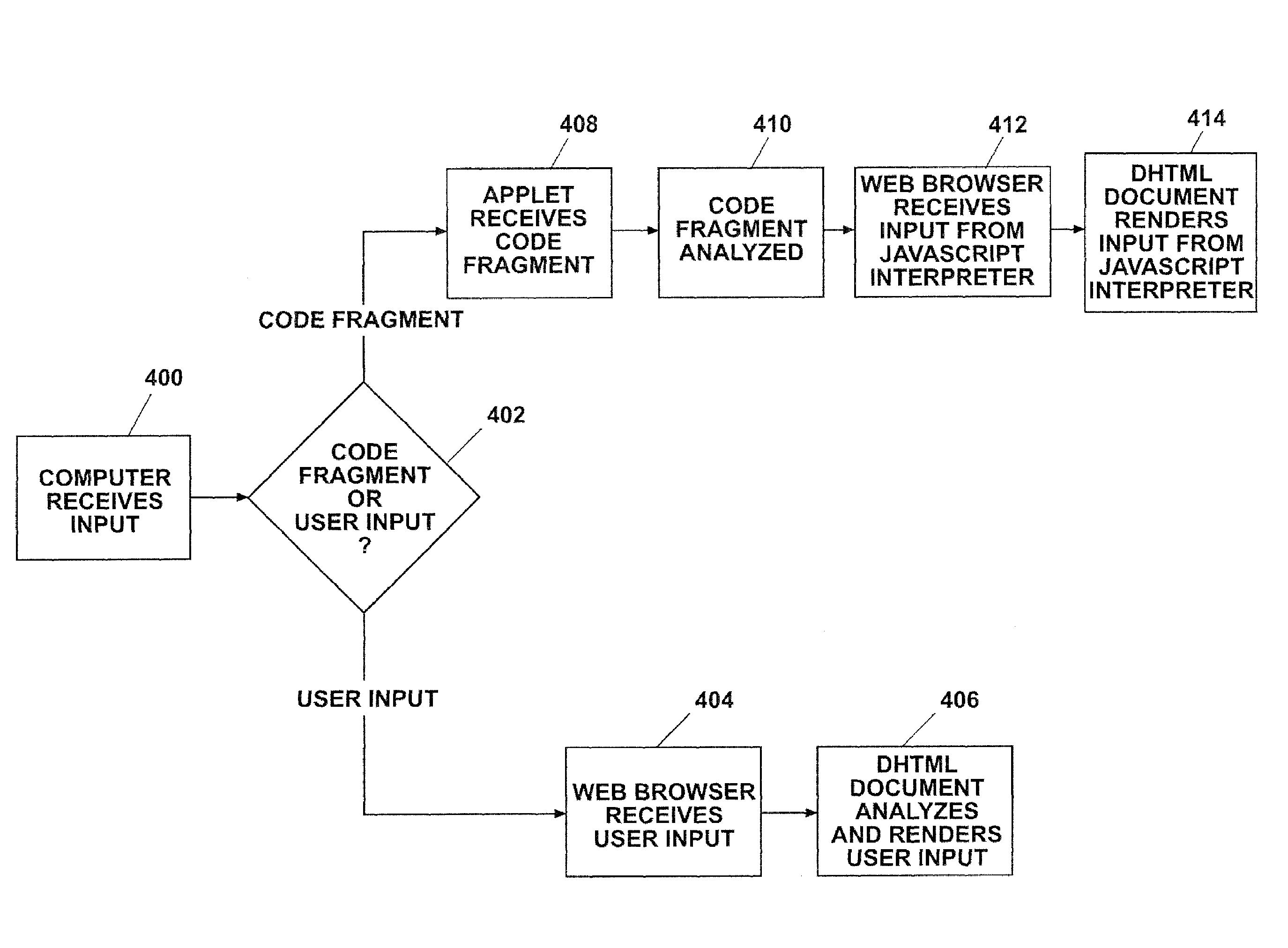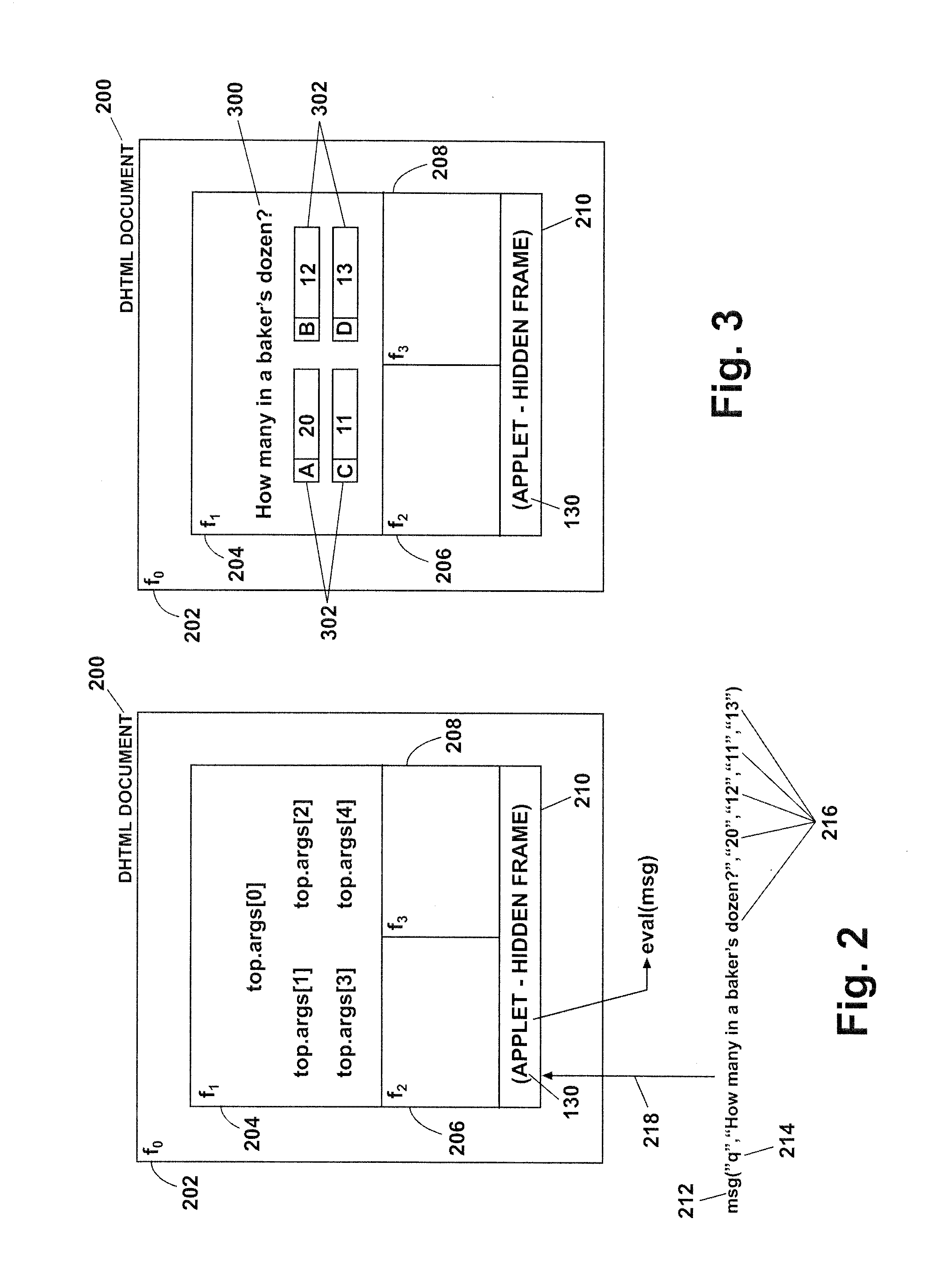System and method for enhanced broadcasting and interactive
a technology of enhanced broadcasting and interactive, applied in the field of television broadcasting and viewers experience, can solve the problems of television being criticized for simply “feeding” broadcast material to viewers without requiring any thought, participation, feedback, etc., and affecting the development of children's communication skills and thought processes, television dulling the mind,
- Summary
- Abstract
- Description
- Claims
- Application Information
AI Technical Summary
Benefits of technology
Problems solved by technology
Method used
Image
Examples
Embodiment Construction
[0022]In the following description of the exemplary embodiments of the present invention reference is made to the accompanying drawings which form a part thereof, and in which are shown by way of illustration specific embodiments in which the invention may be practiced. It is to be understood that other embodiments may be utilized and structural and functional changes may be made without departing from the scope of the present invention.
[0023]As used herein, the term “message” may be used, but is not limited, to describe a segment of code that is received, analyzed, and rendered by a software application. In the exemplary embodiments described herein, messages are embodied as “code fragments.” However, it is to be understood that the invention is directed to “messages” in a broader sense, wherein a message representing an enhancement can be any of a number of forms, and is not limited to the exemplary code fragment embodiment. Unlike “triggers,” which are used in Advanced TV Enhance...
PUM
 Login to View More
Login to View More Abstract
Description
Claims
Application Information
 Login to View More
Login to View More - R&D
- Intellectual Property
- Life Sciences
- Materials
- Tech Scout
- Unparalleled Data Quality
- Higher Quality Content
- 60% Fewer Hallucinations
Browse by: Latest US Patents, China's latest patents, Technical Efficacy Thesaurus, Application Domain, Technology Topic, Popular Technical Reports.
© 2025 PatSnap. All rights reserved.Legal|Privacy policy|Modern Slavery Act Transparency Statement|Sitemap|About US| Contact US: help@patsnap.com



